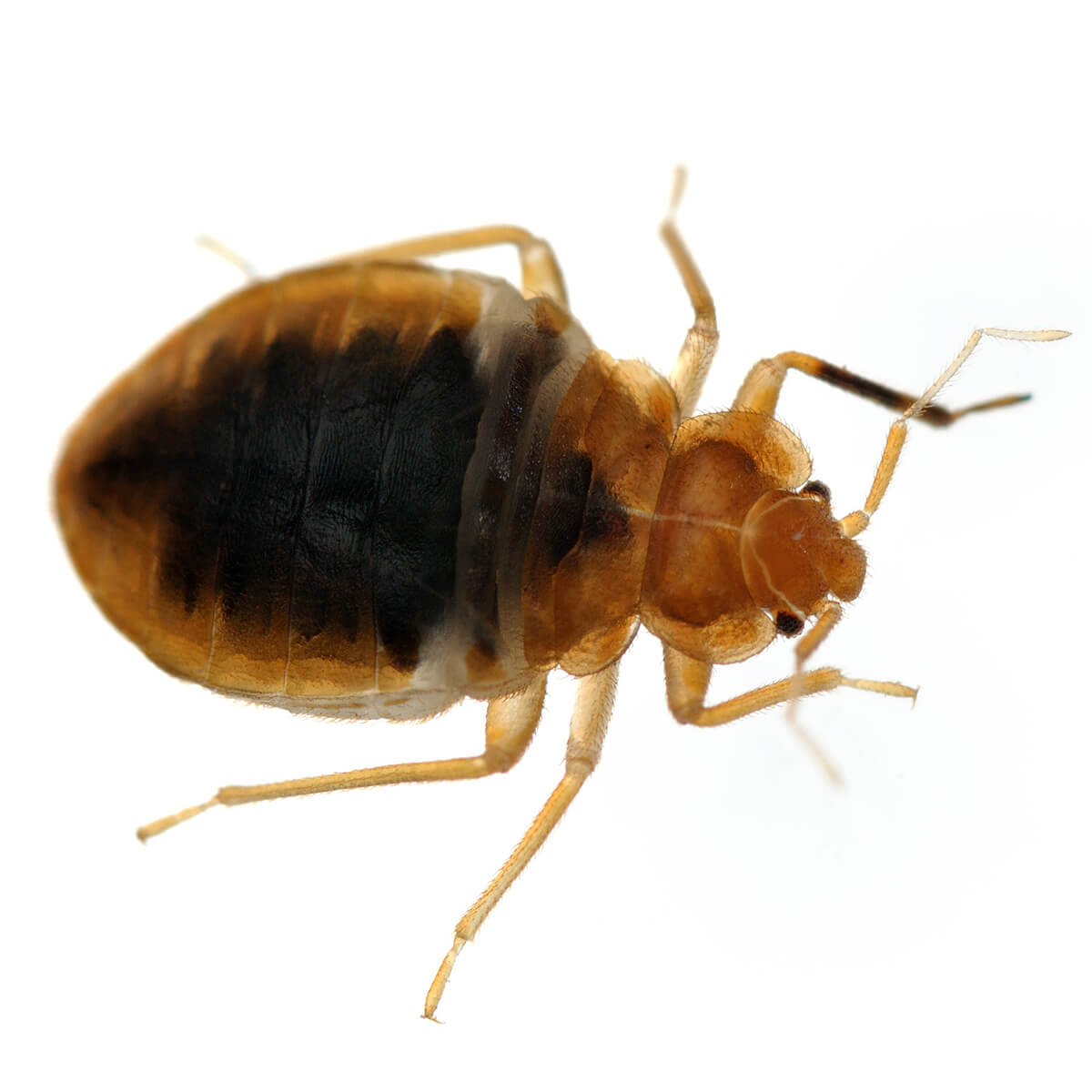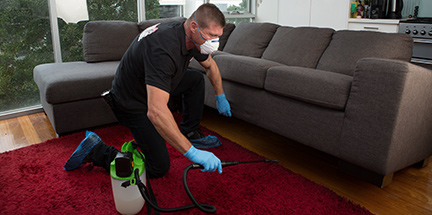Bed Bugs
There are far fewer deadly pests than any other but also far more terrifying. They come to us in our sleep and feast on our unsuspecting bodies. These creatures drink our blood and are never seen during the day. No, they're not vampires. We are talking, of course, about bed bugs! There are two main species of bed bugs that infest humans - Cimex lectularius and Cimex hemipterus (which is a recent discovery on Australian soil).
Until recently, entomologists believed they need a human host to spread. However, recent findings suggest they have absolutely no problem hitch-hiking on a set of clothes, especially if those are dirty. With the recent spike in bed bug populations, what can we learn about these nightmarish creatures?
What do bed bugs look like?

Bed bugs are small, brown-reddish insects that can grow up to 4-5 mm. However, unlike ants, the shape of their bodies is oval. They are deprived of wings but are excellent climbers.
Bed bugs don't go through a full metamorphosis. The newly hatched ones are pretty similar to the adults in shape, only smaller and translucent. They're called nymphs.
Nymphs require blood in order to grow and it takes around 8 weeks to fully develop.
A fully grown bed bug can live on average 6-12 months. Learn here how to identify bed bugs.
What do bed bugs eat?
Bed bugs are parasites that feed on human blood. They need our blood to survive but don't think depriving them of their blood meals will solve your problem. Even though they come out for food every few days under normal circumstances, they can live up to 6 months without a meal. Longer in cooler temperatures.
Because of their haematophagy, many people compare them to mosquitoes, which is incorrect - mosquitoes only drink blood for reproduction are not actual haematophagues.
How do bed bugs spread?
Bed bugs are one of the world's greatest travellers. They are hitch-hikers and rely mostly on humans to help transport them. They are often transported via clothing, purses, luggage, bedding and furniture. If you stayed at a place where bed bugs were present, you would most probably carry them into your home as well.
Are bed bugs dangerous?
For the most part, bed bugs aren't dangerous. As far as we know, they don't transmit any diseases, or at least we don't have definitive evidence they do. However, being bitten can lead to unpleasant rashes or even allergic reactions in a small population sample.
That being said, waking up covered in bed bugs is not something most people are likely to brush off. Bed bugs have been linked to PTSD-like symptoms, sleep deprivation, night terrors, anxiety, and more.
Read more here about these and other issues related to bed bugs.
Should you seek medical treatment for the bites?
No medical treatment is usually required for the bed bug bites, themselves. However, it's still a good idea to consult your general physician in case there's a differential diagnosis, especially if the rashes persist. We recommend being on the safe side!
Medical attention is required in the case of anaphylaxis.
Psychotherapy is recommended in case of psychological symptoms, such as insomnia or anxiety.
Are bed bugs resistant to pesticides?
Aside from the cheaper travelling options, the exponential growth and spread of bed bugs are also caused by their increasing resistance to insecticides. This is a growing problem as consumer-grade insecticides are especially ineffective. Luckily, potent professional grade pesticides used by proper professionals can still do the trick.
Signs of a bed bug infestation
Waking up covered in red, itchy spots is one of the potential signs of a bed bug infestation. Other symptoms might include:
- Finding blood stains on your pillow or your bedsheets;
- Dark or black spots around the mattress seams - bed bug droppings;
- Bed bug eggshells around the seams and bed frames;
- Encountering a living specimen.
Learn more about the: Signs of Bed Bug Infestation & How to Identify Them
Ways to protect yourself
Since bed bugs hitch a ride on your clothes, the first thing you need to do in order to protect yourself is to ensure your travelling habits keep your clothes safe:
- Before putting your luggage inside the hotel room, place it in the bathroom and perform a routine check on the beds and bed linen;
- Check under the bed, the seams, and all the nooks and crannies where bed bugs might hide, including other upholstered furniture in the room;
- Don't place your suitcase or your clothes on the bed - keep them hanging in the wardrobe or coat hanger;
- Place your dirty clothes in sealed plastic bags;
- When you get home from a trip, wash all your clothes at the highest temperature the fabric can take and put them in the drier, if possible. Check out the labels, so you don't ruin half your wardrobe.
How to proceed if you have a bed bug infestation

In case you suspect bed bugs have infested your bedroom, it's important not to attempt a DIY treatment. The resilience of these parasites hilariously outclasses commercial products to insecticides. All the over-the-counter sprays will do is alert them that the jig is up and force them to spread even further.
Another point is that beds aren't the only furniture bed bugs are likely to infest. Upholstered furniture is vulnerable, in general, so your sofa and armchair aren't immune, either. If you suspect something is afoot, don't hesitate to call in the cavalry - professional bed bug treatment. Furthermore, it takes 6-10 days for eggs to hatch, so a second treatment would be advisable to deal with the nymphs once they hatch.